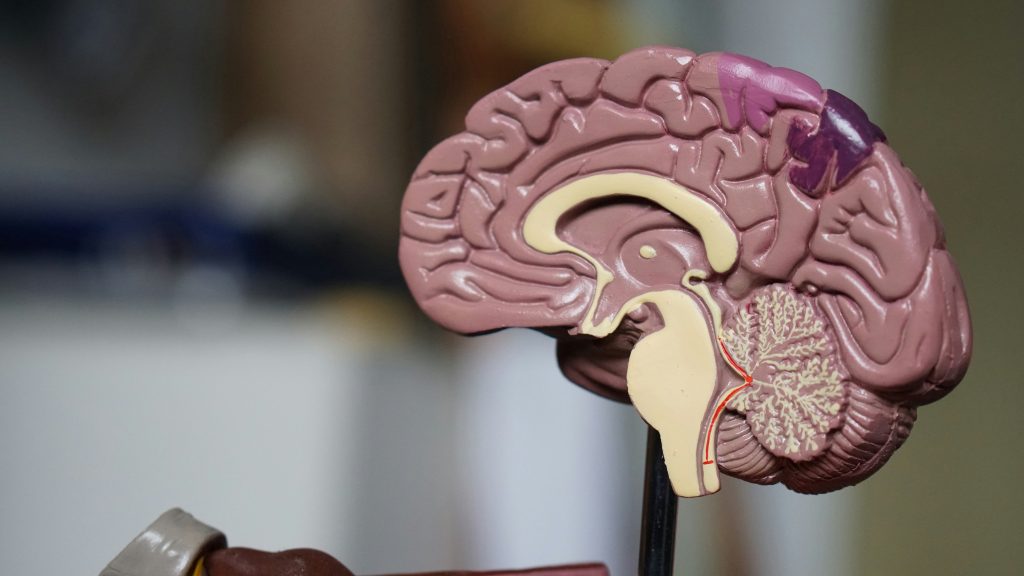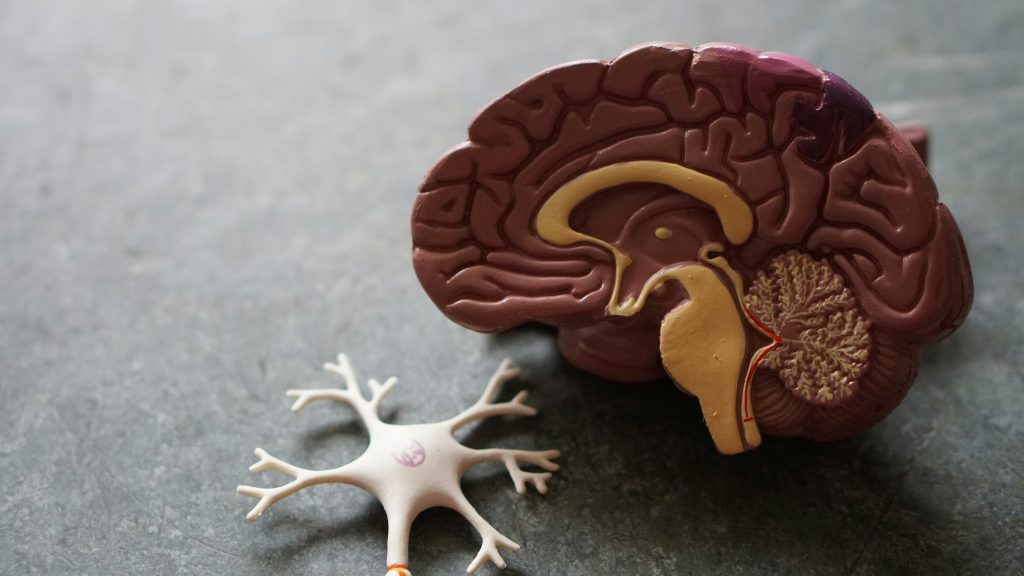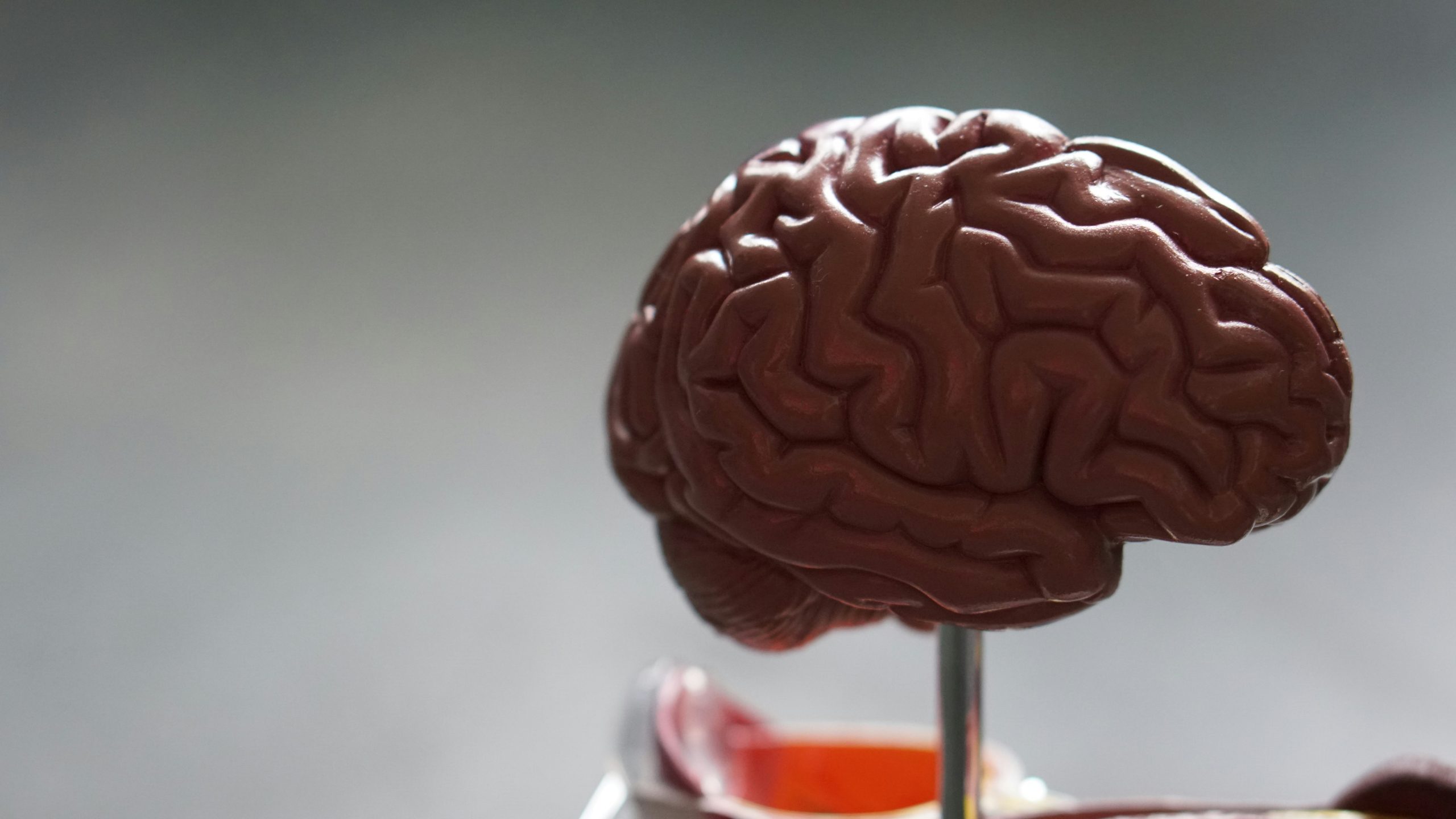The development of functional brain tissue using 3D printing technology represents a significant leap forward in the quest to mimic the complexity and functionality of the human brain. Unlike traditional methods of tissue engineering, which often rely on scaffolds and cell cultures, 3D printing offers precise control over the arrangement of cells and biomaterials, allowing researchers to create structures that closely resemble natural tissues.
The process involves using bioink, a specialized material containing neural cells and supporting components, which is deposited layer by layer to create intricate three-dimensional structures. Through careful manipulation of printing parameters and cell types, researchers can guide the development of brain tissue with specific characteristics and functionalities.

One of the most remarkable aspects of this achievement is the tissue’s ability to mimic the behavior of real brain tissue. The 3D-printed brain tissue exhibits key features such as neuronal connectivity, synaptic activity, and electrical signaling, which are essential for normal brain function. This level of functionality opens up new avenues for studying brain development, disease mechanisms, and drug responses in a controlled laboratory setting.
Furthermore, the ability to produce functional brain tissue using 3D printing technology has significant implications for personalized medicine and regenerative therapies. By creating patient-specific brain models, researchers can better understand individual variations in brain structure and function, paving the way for tailored treatment strategies for neurological disorders and injuries.
In addition to its applications in basic research and clinical medicine, 3D-printed brain tissue holds promise for drug discovery and toxicity testing. The ability to replicate complex physiological processes in vitro allows researchers to screen potential drug candidates more efficiently and accurately, reducing the reliance on animal models and accelerating the pace of drug development.

While the development of functional brain tissue using 3D printing technology represents a remarkable achievement, significant challenges remain. Researchers continue to refine the printing process, optimize bioink formulations, and improve tissue maturation and integration with host tissues to enhance functionality and viability.
In conclusion, the successful production of brain tissue using 3D printing technology represents a major milestone in the field of biotechnology. This achievement opens up new possibilities for understanding brain function, developing novel therapies, and advancing the field of regenerative medicine. As researchers continue to push the boundaries of what is possible with 3D printing, the future holds exciting prospects for unlocking the mysteries of the human brain and improving healthcare outcomes for patients worldwide.
Read More: A recent innovation has enabled a man to perceive temperature with his prosthetic hand.
